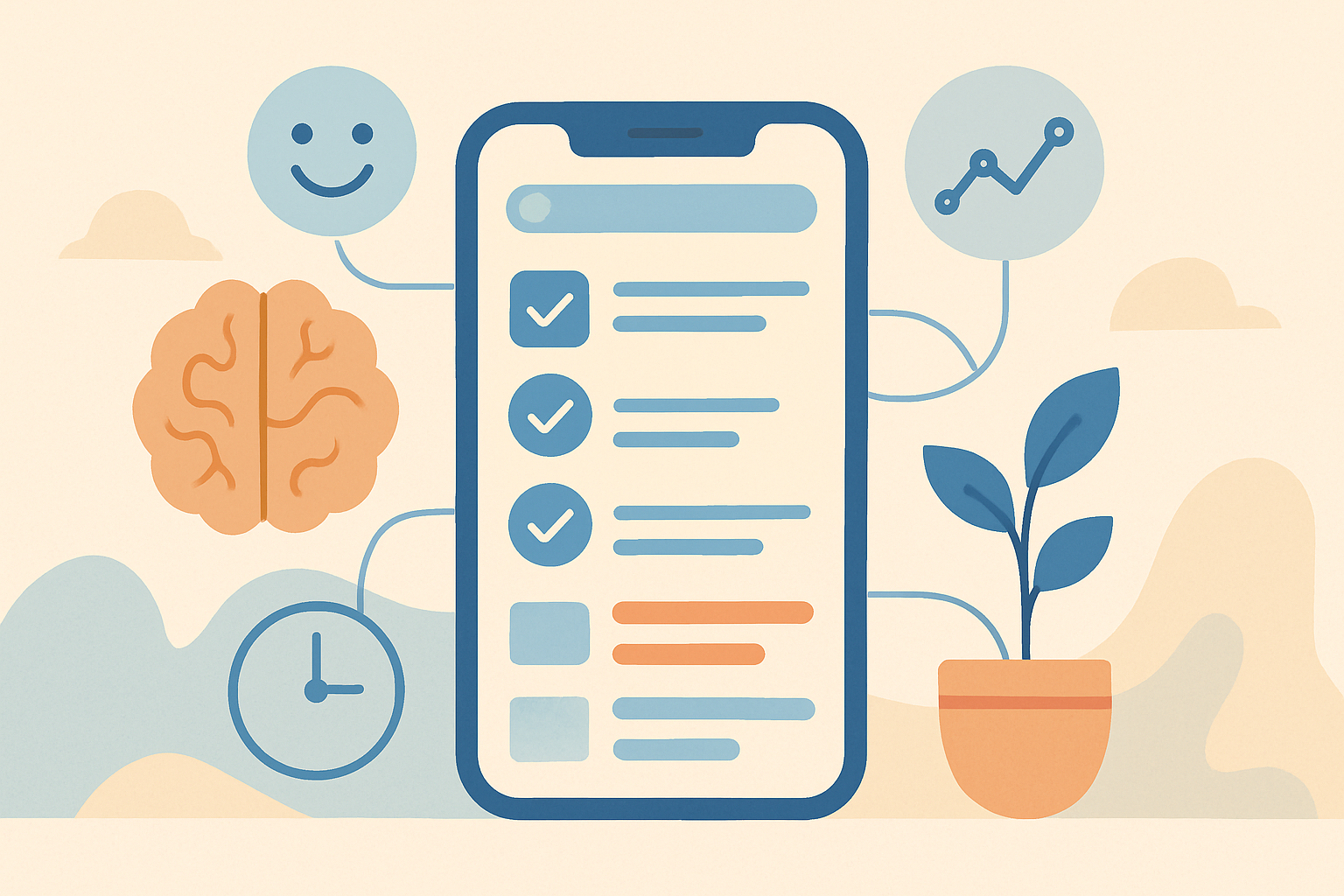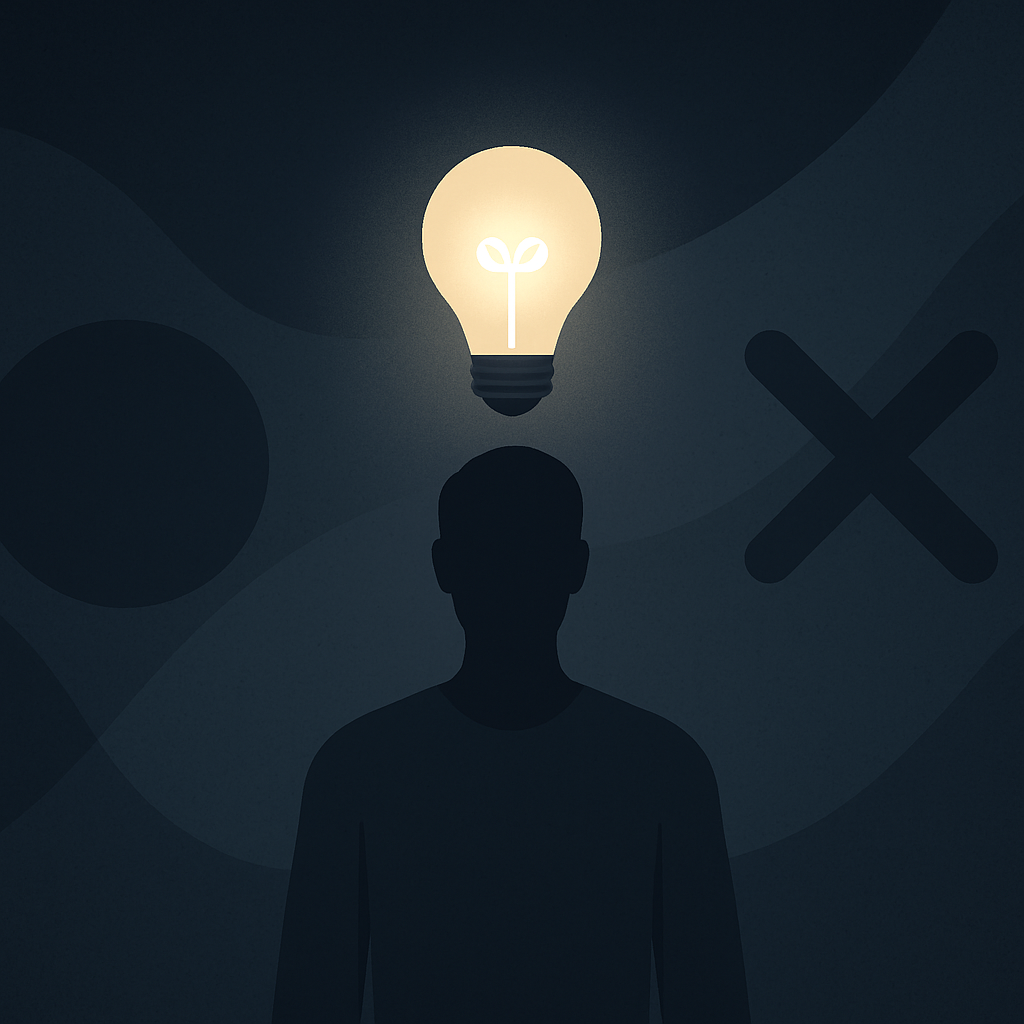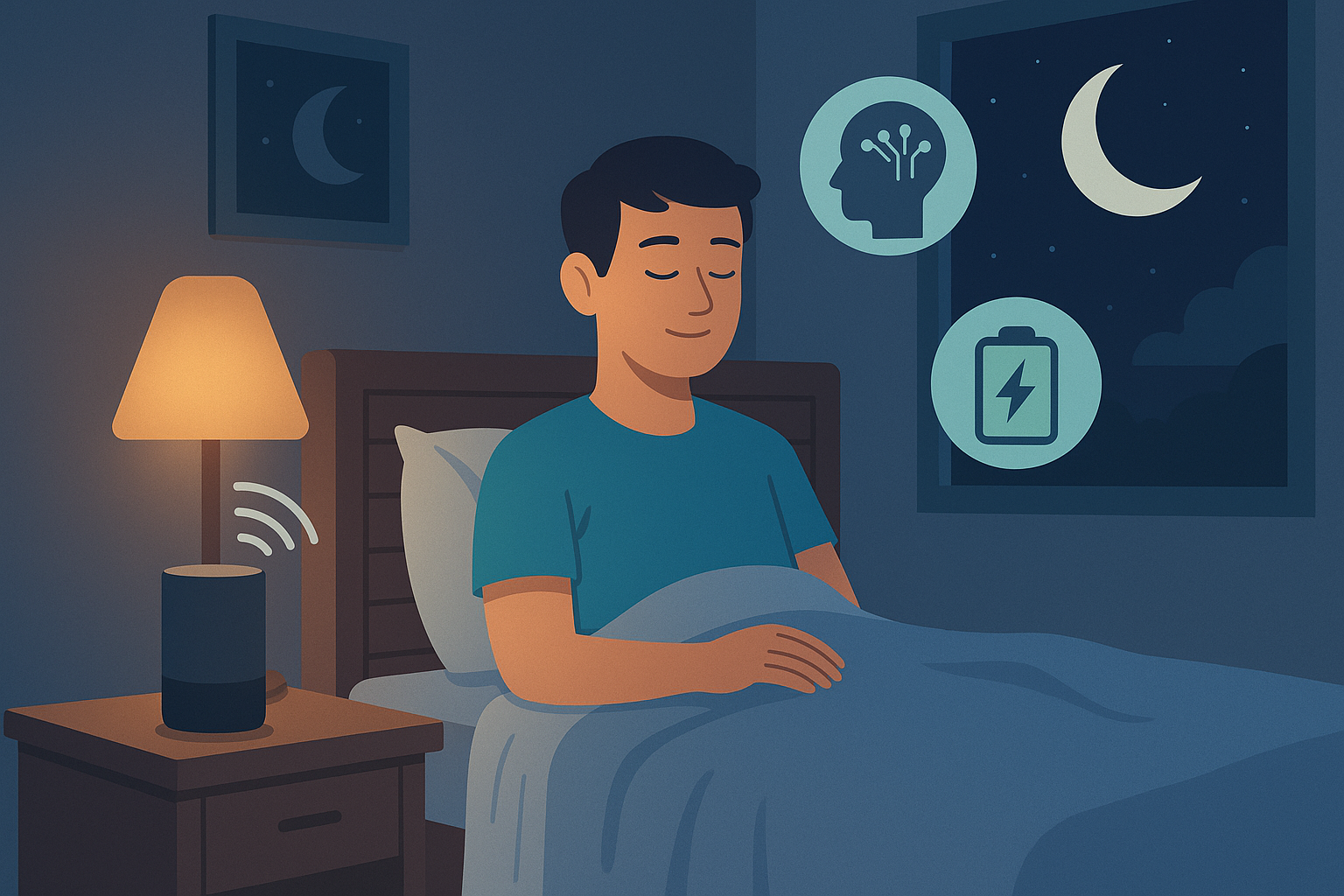Modern productivity is no longer about how much you can do — it’s about how intelligently your systems can think for you.
In 2025, artificial intelligence is not a tool you use occasionally; it’s the invisible layer that connects everything you do.
This is the era of AI workflow automation — where creativity, organization, and execution flow together seamlessly.
Your “AI stack” is the ecosystem that makes this possible: a set of integrated tools that talk to each other, automate repetitive work, and give you back your most valuable asset — time.

The Philosophy Behind an AI Stack
An AI stack is not a random collection of apps.
It’s a designed environment — a digital architecture that aligns with your workflow, mindset, and goals.
Traditional productivity tools required effort.
AI workflow automation removes friction.
It anticipates your next step, connects data across platforms, and acts as an extension of your mind.
Think of it as your personal operating system for focus — one that adapts dynamically as you work, create, and communicate.
Why AI Workflow Automation Matters
Automation has always been about saving time.
AI workflow automation, however, is about amplifying intelligence.
By combining automation with cognitive analysis, AI tools don’t just complete tasks — they learn from how you perform them.
They recognize patterns, optimize timing, and even predict what you’ll need before you ask.
This transforms a static workflow into a living system — fluid, predictive, and deeply personalized.
Example:
Your AI scheduler detects that your writing energy peaks in the morning.
It automatically shifts deep work blocks to early hours, moves calls to later, and syncs your focus music app to start automatically.
That’s not a schedule. That’s an intelligent ecosystem.
The Core Layers of My AI Stack
Every strong AI stack works across four essential layers: data, focus, communication, and creativity.
Each layer interacts through automation — forming the foundation of a complete AI workflow automation system.
| Layer | Purpose | Key AI Tools | Function |
|---|---|---|---|
| Data Layer | Capture & organize information | Notion AI, Perplexity AI | Knowledge management & research |
| Focus Layer | Protect attention & energy | Motion, Reclaim AI | Smart scheduling & deep work optimization |
| Communication Layer | Manage input & collaboration | ClickUp AI, ChatGPT | Summaries, task updates, automation |
| Creative Layer | Generate and refine ideas | Notion AI, Midjourney, Runway | Ideation, design & media production |
Each layer automates a dimension of work — collectively transforming chaos into clarity.
Example: A Day Using AI Workflow Automation
Morning — System Sync
Reclaim AI reviews your calendar overnight, reorganizing tasks around your optimal focus periods.
It sends a summary of your upcoming priorities to Notion AI, which auto-generates a “Daily Overview” dashboard.
Midday — Flow Optimization
Motion dynamically updates your to-do list based on task progress and interruptions.
When you switch context too often, it pauses notifications to restore focus.
Meanwhile, ClickUp AI tracks deadlines, writing short project updates automatically for your team.
Afternoon — Creative Collaboration
Perplexity AI summarizes new research on emerging AI marketing trends.
You feed this into Notion AI to outline your next blog post.
Once finished, your automation in Zapier pushes the final draft to your CMS — ready for review.
By evening, the system has handled 70% of the operational work while you focused only on strategy and creation.
Building a Smarter AI Workflow
AI workflow automation isn’t plug-and-play — it’s crafted.
The key lies in identifying your natural working rhythm and letting your tools follow it.
Most professionals overcomplicate automation by chasing quantity — connecting everything without intent.
The goal is coherence, not complexity.
Ask yourself:
- What tasks interrupt my flow daily?
- Which data sources do I repeat manually?
- What decisions could AI handle better than I do?
Once mapped, automation becomes the bridge between energy and execution.
Example:
A marketer uses Notion AI to create campaign briefs → ClickUp AI assigns deliverables → Motion schedules them → Reclaim AI ensures deep work periods are protected.
In one seamless chain, four tools manage the workflow while the human focuses on creativity.
Table: Recommended Tools for AI Workflow Automation
| Workflow Stage | AI Tool | Primary Role |
|---|---|---|
| Knowledge & Research | Perplexity AI | Real-time intelligent search |
| Organization & Notes | Notion AI | Contextual writing & structure |
| Scheduling & Time Management | Reclaim AI / Motion | Dynamic time blocking |
| Communication & Updates | ClickUp AI | Automated summaries |
| Creation & Design | Midjourney / Runway | Visual generation & media |
| Integration & Automation | Zapier + AI | Connects all systems |
Together, these tools act as a network — each amplifying the other through automation loops.
The Hidden Power of System Thinking
The real strength of an AI stack isn’t in its features — it’s in how those features interact.
When AI tools are connected through automation, they share context.
Your notes know your deadlines, your calendar knows your focus energy, and your AI assistant understands when not to disturb you.
This synergy turns workflow automation into cognitive alignment — where your tools stop fighting for attention and start working as one mind.
The result is freedom: less management, more momentum.
The Future of Intelligent Workflows
AI workflow automation is evolving into what experts call self-orchestrating systems — environments that manage themselves.
Soon, your AI assistant will not only automate your calendar but predict emotional or cognitive fatigue, rescheduling meetings proactively.
Creative AIs will adapt tone based on your previous writing.
Analytics systems will report only the insights that actually matter to your goals.
This future isn’t distant — it’s already emerging across high-performance teams and solopreneurs.
The next step will be AI that communicates across tools without APIs — contextually, fluidly, and autonomously.
When that happens, productivity will stop being a toolset.
It will become an ecosystem of intelligence.
Human Work in the Age of AI Systems
Even in full automation, human intuition remains the core driver of meaning.
AI workflow automation accelerates action, but you define direction.
Your stack doesn’t think for you — it creates the mental space for deeper thinking.
That’s what separates busy professionals from intentional creators.
As AI systems grow smarter, your job isn’t to keep up with them — it’s to teach them who you are, how you think, and what matters most.
That’s how your AI stack becomes not just efficient, but personal.
Conclusion
AI workflow automation is more than a trend — it’s a new philosophy of work.
It transforms your daily process into a living, intelligent ecosystem that scales your focus, time, and creativity.
Building your AI stack is about designing the invisible — the architecture that makes your mind lighter, your systems sharper, and your work smarter.
When machines handle the routine, you get to do what only humans can: imagine, create, and lead.
Further Reading & Related Insights
Internal link:
- The Best AI Tools to Upgrade Your Workflow in 2025 — Explore the complete list of tools that power modern automation and focus systems.
External links:
Blog
This section provides an overview of the blog, showcasing a variety of articles, insights, and resources to inform and inspire readers.
-

AI Habit Tracking and the New Rhythm of Modern Self-Improvement
AI Habit Tracking. Progress used to depend on discipline. Now, it depends on data.…
-

AI Decision Making and the New Discipline of Intentional Living
AI Decision Making. Every “yes” has a cost. Every time you agree to something…
-

The Perfect AI Night Routine to Sleep Better and Think Smarter
AI Night Routine. Your morning doesn’t begin when you wake up — it begins…
